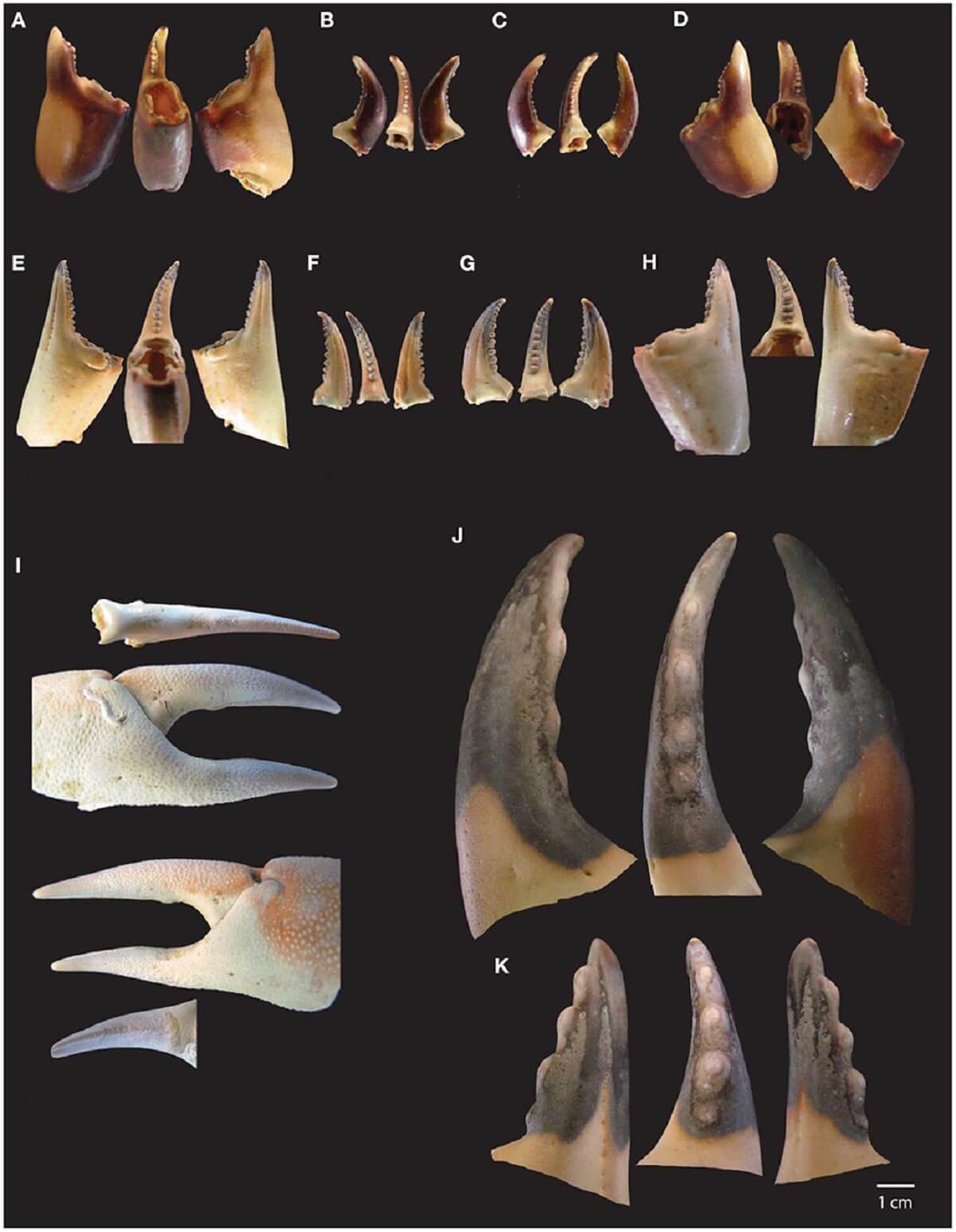TARRAGONA, Spain — Neanderthals were among the world’s earliest aficionados of seafood, challenging long-held stereotypes that paint them as primitive cavemen, a recent study explains. While seafood today graces the tables of many upscale restaurants, it appears our ancient relatives were enjoying these delicacies approximately 90,000 years ago.
Excavations south of Lisbon in a cave named Gruta de Figueira Brava have revealed a wealth of evidence pointing to this sophisticated dietary preference. The artifacts found include stone tools, remnants of charcoal, and a plethora of shells and bones.
“At the end of the Last Interglacial, Neanderthals regularly harvested large brown crabs. They were taking them in pools of the nearby rocky coast, targeting adult animals with an average carapace width of 16cm,” says the study’s lead author, Dr. Mariana Nabais, from the Catalan Institute of Human Paleoecology and Social Evolution, in a media release. “The animals were brought whole to the cave, where they were roasted on coals and then eaten.”
In analyzing the archaeological remains, the Spanish research team identified a broad spectrum of shellfish. However, brown crabs dominated the findings. Recognized globally for their tender and sweet meat, these crabs suggest that Neanderthals had a discerning palate.

The team’s methodical examination of the shells and claws involved assessing breakage patterns, searching for signs of butchery, and determining any exposure to high heat. The evidence revealed that the majority of these crabs were large adults, providing roughly 7 ounces of meat. Notably, signs of predation from other animals, such as bites from carnivores, rodents, or birds, were absent. This indicates that these were not scavenged remains but were likely actively hunted by the Neanderthals from tide pools during the summer months.
Furthermore, the researchers found that the crabs had been subjected to temperatures between 300 and 500 degrees Celsius (572-932 degrees Fahrenheit), suggesting they were roasted.
“Our results add an extra nail to the coffin of the obsolete notion that Neanderthals were primitive cave dwellers who could barely scrape a living off scavenged big-game carcasses. Together with the associated evidence for the large-scale consumption of limpets, mussels, clams, and a range of fish, our data falsify the notion that marine foods played a major role in the emergence of putatively superior cognitive abilities among early modern human populations of sub-Saharan Africa,” Dr. Nabais elaborates.
While it remains uncertain why Neanderthals specifically chose to harvest crabs or the cultural significance they might have attached to them, it’s undeniable that these creatures provided substantial nutritional benefits.
“The notion of the Neanderthals as top-level carnivores living off large herbivores of the steppe-tundra is extremely biased,” concludes Dr. Nabais. “Such views may well apply to some extent to the Neanderthal populations of Ice Age Europe’s periglacial belt, but not to those living in the southern peninsulas — and these southern peninsulas are where most of the continent’s humans lived all through the Paleolithic, before, during and after the Neanderthals.”
The study is published in the journal Frontiers in Environmental Archaeology.
You might also be interested in:
- Amazing archaeological finds dating back to 10,000 BC unearthed just 8 miles from Stonehenge
- Is seafood extinction-proof? Scientists reveal whether clams and oysters can survive overfishing
- Eating seafood immoral? Octopuses, squid, crabs have emotions and feel pain, study says
South West News Service writer Mark Waghorn contributed to this report.


They insist that we believe neanderthals are extinct. They are alive, well, breeding and interbreeding in South Philadelphia.